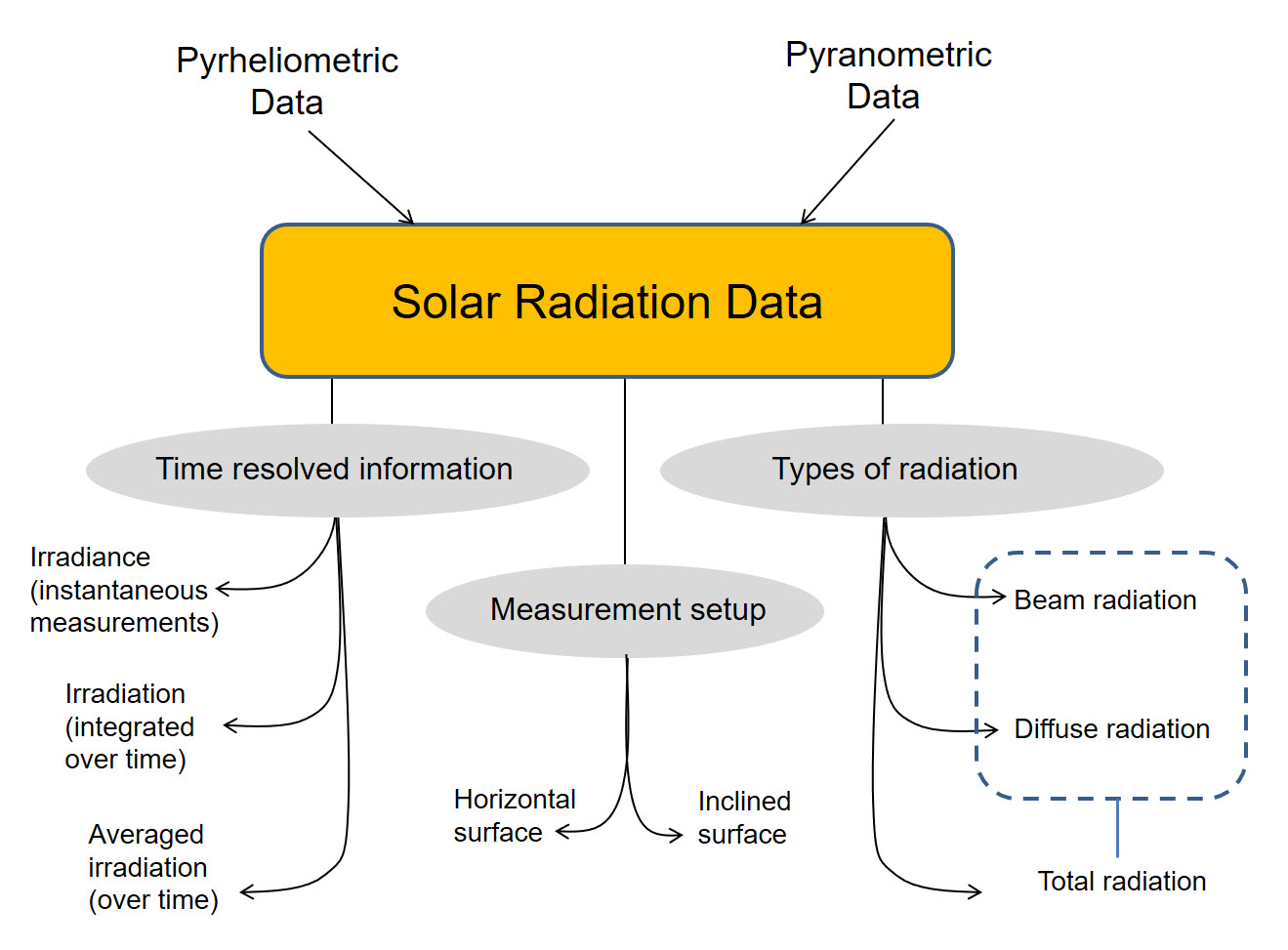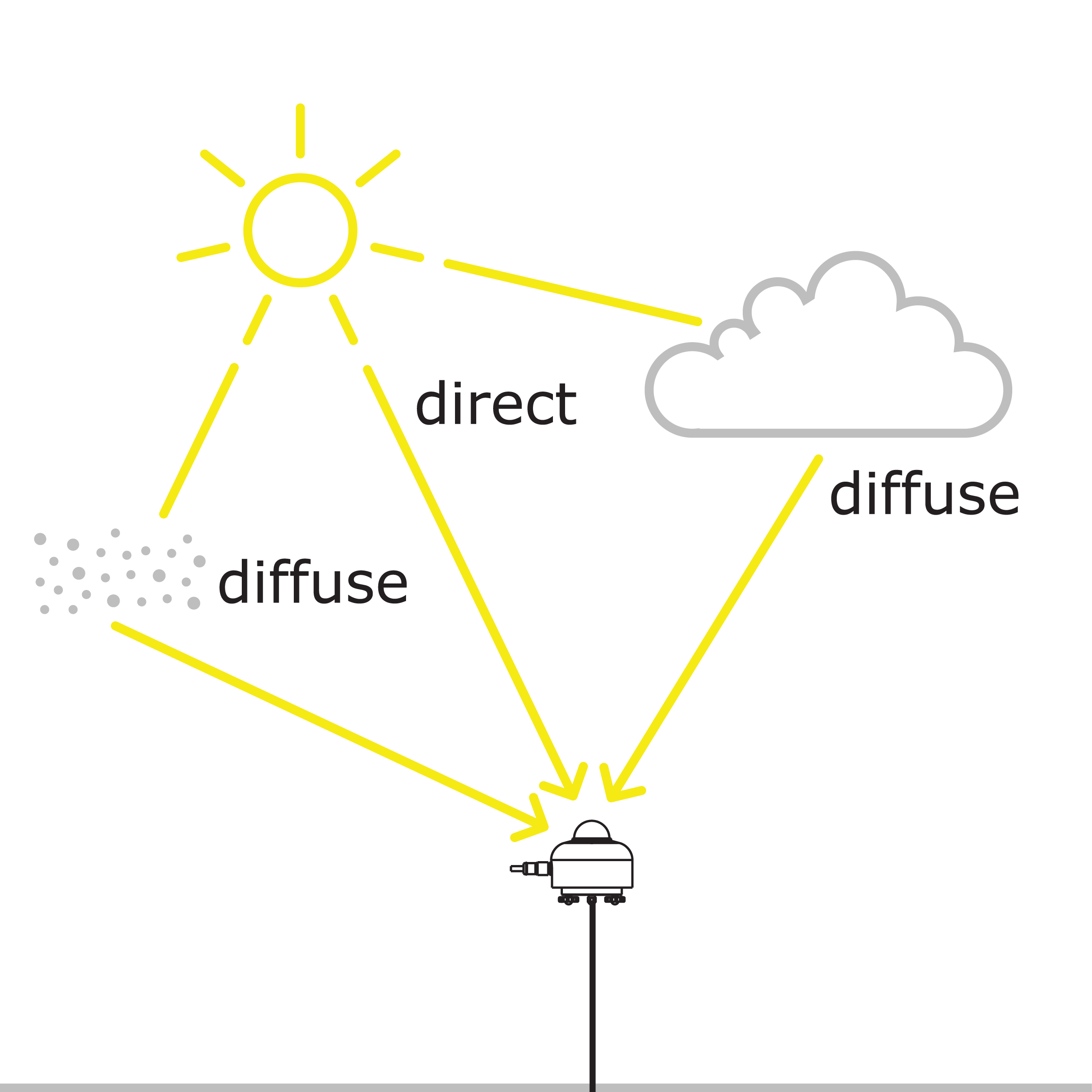
Source: Dutton Institute – Penn State
The Importance of Solar Radiation Measurements in PV System Design
When designing a photovoltaic (PV) system, understanding the solar radiation available at a specific location and time is crucial. Solar radiation can be characterized by solar irradiance and solar insolation. Solar irradiance is the power per area at a given moment, typically measured in kW/m2. It varies throughout the day, reaching a maximum of about 1 kW/m2. Solar insolation, on the other hand, is the energy per area delivered over a specified time period.
Measuring Solar Irradiance
Solar irradiance measurements involve global and/or direct radiation measurements using instruments like pyranometers and pyrheliometers. Pyranometers measure global radiation, while pyrheliometers measure direct radiation. These measurements are essential for understanding the solar resource available for PV systems.
The most common sensors used as pyranometers are thermopiles and reference cells. Thermopiles measure the heat reaching the surface directly, while reference cells measure the number of photons that generate an electron flow. Thermopiles are preferred for solar thermal collectors, while reference cells mimic the response of solar panels being measured.
Alternative Methods of Measurement
Another method of measuring solar radiation is using sunshine recorders, which count the number of hours of sunshine above a certain level. This method is less accurate but more cost-effective. Satellite data can also be used to estimate solar insolation by analyzing cloud cover and other factors.
Solar Insolation in System Design
Solar insolation is the total solar energy received at a location over a specified time period, often expressed in kWh/(m2 day). It differs from solar irradiance as it represents the average solar irradiance over a given time. Solar insolation data is commonly used in simple PV system design, while solar irradiance is utilized for more complex system performance calculations.
Understanding solar radiation data is essential for optimizing the performance of PV systems and maximizing energy generation from solar resources.

Source: Hukseflux
